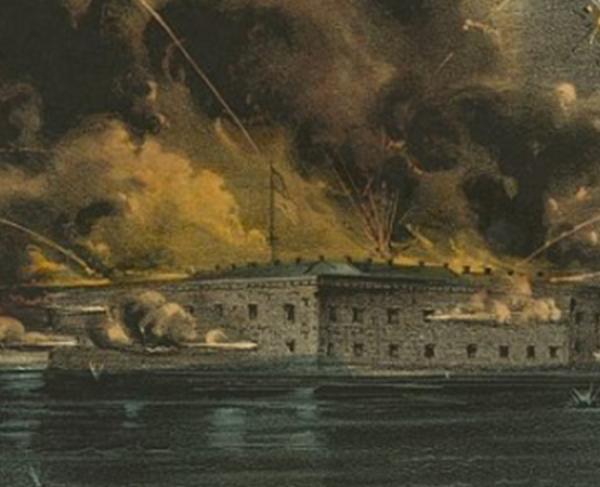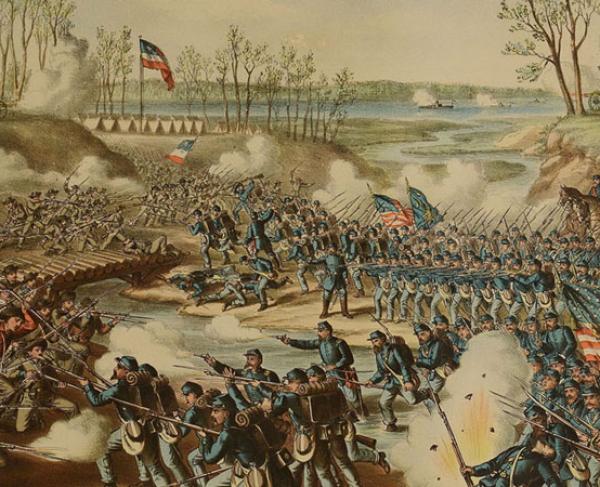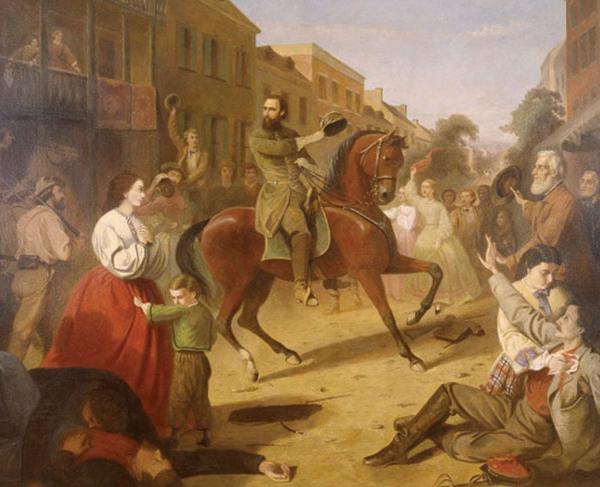The Death of Albert Sidney Johnston
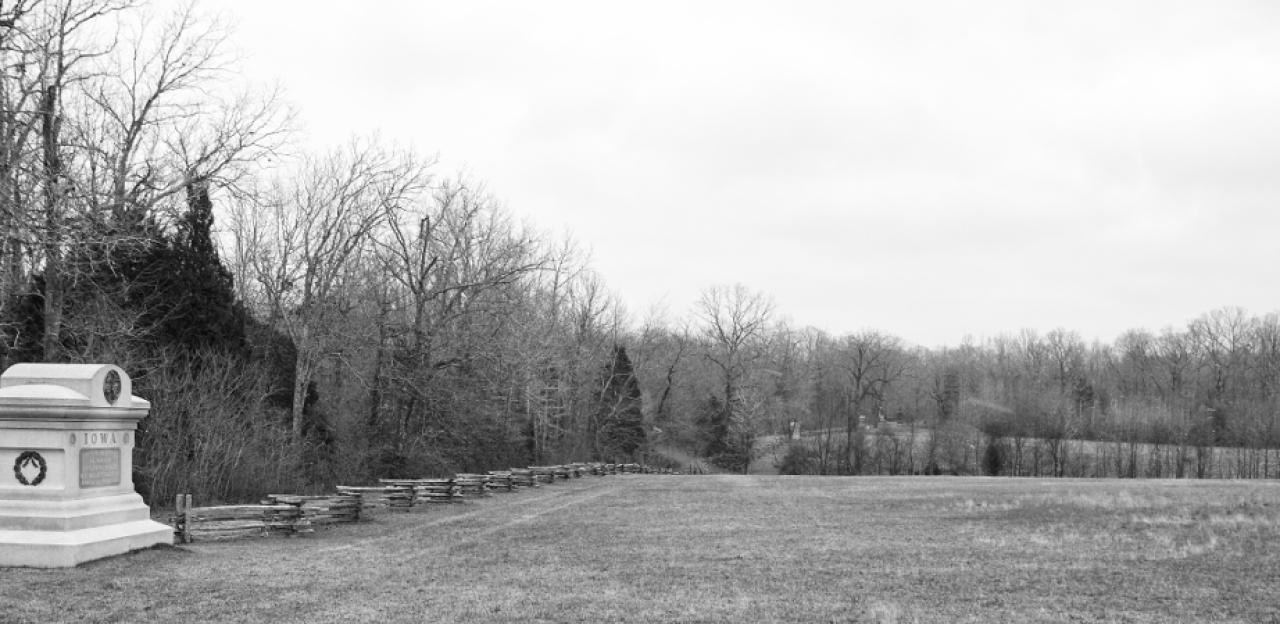
Hallowed Ground, Spring 2012
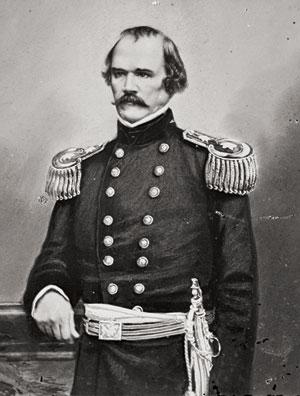
One of the many lasting impacts of the Battle of Shiloh was the death of Confederate Gen. Albert Sidney Johnston, the highest ranking officer — on either side — killed during the war. Born in Kentucky in 1803, Johnston had already led an eventful military career by the time his adopted state of Texas seceded from the Union. He fought in the Black Hawk War, the Texas Revolution and the Mexican-American War, and in actions against the Mormons in Utah and Native Americans in northern Texas.
On December 21, 1860, Johnston took command of the Department of the Pacific, headquartered in California, but resigned his commission once Texas seceded from the Union. He enlisted in the Los Angeles Mounted Rifles and began the lengthy, dangerous journey across the desert, arriving in Richmond in September. Johnston’s longtime friend, Confederate president Jefferson Davis, quickly promoted him to full general and appointed him commander of the Western Department.
In February 1862, Union forces captured the critical fortifications of Fort Henry on the Tennessee River and Fort Donelson on the Cumberland River, undermining the stability of the Confederacy’s western defenses. Although not present during either battle, some historians fault Johnston for the losses through his poor judgment in selecting commanders for the forts and for inadequate oversight of their location and construction. Johnston moved his forces to Corinth, Miss., where they joined with Gen. P.G.T. Beauregard’s command.
On April 6, Johnston attacked Union forces under Maj. Gen. Ulysses S. Grant near Pittsburg Landing, Tenn. While personally leading an attack, Johnston was shot in the leg when he rode too far ahead of his troops. Initially, he thought the wound minor — possibly due to nerve damage suffered from an 1837 dueling wound — but in reality the bullet had nicked an artery and blood was pouring into his boot unseen by those around him. By the time the injury’s severity was realized, little could be done and Johnston bled to death within minutes. There is some speculation that the fatal shot was fired by Confederate troops, since Johnston was riding in advance of the charge and the bullet struck behind his right knee.
Johnston loss was a damaging blow to Confederate morale, particularly for the president, who held Johnston in immense personal and professional esteem. After the war, Davis wrote, “When Sidney Johnston fell, it was the turning point of our fate; for we had no other hand to take up his work in the West.” Modern historians continue to debate that assessment, however; Johnston’s death occurred before the extent of his command abilities were fully proven. After a temporary internment in New Orleans, Johnston’s remains were ultimately laid to rest in the Texas State Cemetery in Austin, with an elaborate tomb later constructed at the site.
Related Battles
13,047
10,669
